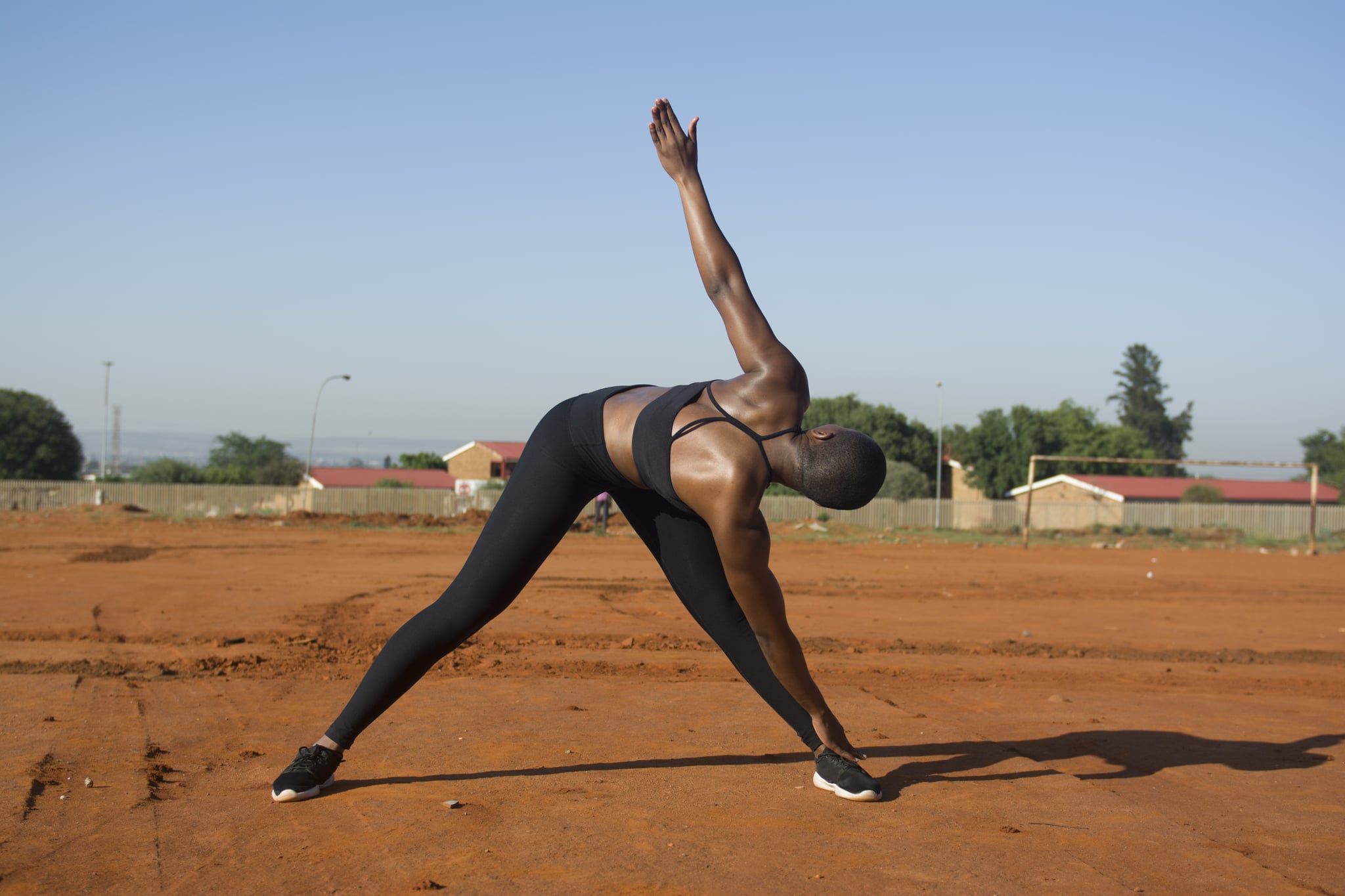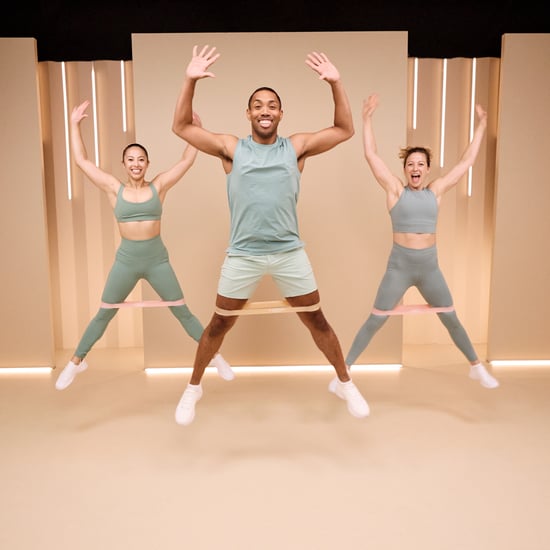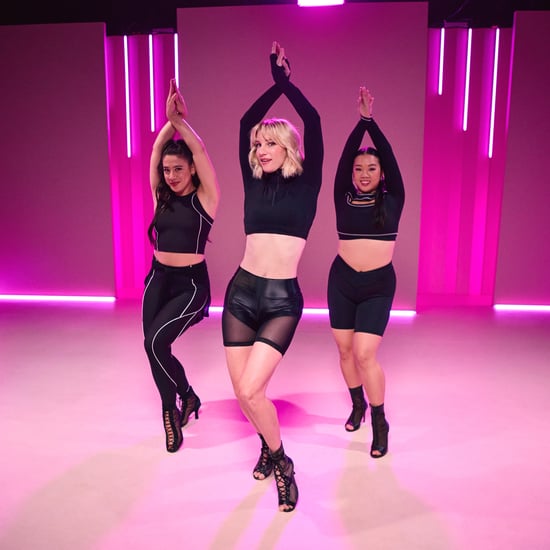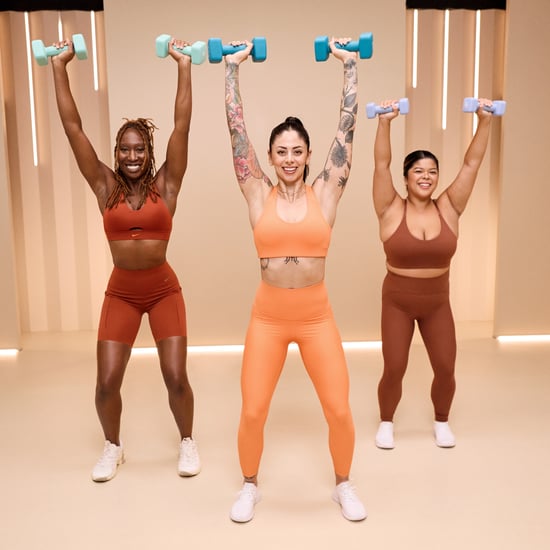Does Muscle Soreness Mean Growth?
"No Pain, No Gain?" We Asked a Doctor If Sore Muscles Actually Equal Stronger Muscles

There's a kind of pride in feeling sore from a hard workout. It's a reminder that your body accomplished something impressive, whether that was a hard strength training workout or a long run. There's also the idea that the workout that leaves you sore is also the one that's helping you get stronger. "No pain, no gain" is a saying for a reason — but is there any truth to it? Does muscle soreness really correlate to muscle growth? POPSUGAR talked to Sander Rubin, MD, sports medicine specialist at Northwestern Medicine, to get to the bottom of it.
"Muscle soreness can absolutely indicate that our muscles are growing," Dr. Rubin said. Some inflammation is required in order for your muscles to get bigger and stronger, he explained. Your body sends out pain signals as a part of that response, which cause the feeling of soreness and even discomfort after intense exercise.
Dr. Rubin pointed out, though, that if you don't feel sore after a workout, it doesn't mean the exercise "didn't work." He explained that "post-workout soreness is caused by a variety of factors." In fact, the actual cause of common muscle soreness — also known as delayed-onset muscle soreness or DOMS — isn't yet known, though it's thought to be related to inflammation caused by microscopic tears in your muscles. Some studies have shown that muscle soreness isn't the best indicator of muscle growth, Dr. Rubin explained; "the lack of soreness does not mean your workout wasn't successful in building muscle."
To recap: being sore can indicate muscle growth, but you can still be making gains even if you're not feeling achy. A little confusing? If you're tracking muscle growth, try looking at other factors than just soreness. Mirror checks and before-and-after pictures can obviously show that your muscles are getting bigger, but Dr. Rubin cautioned that it can take weeks to notice those kinds of physical changes. To pick up on growth even earlier, pay attention during your workouts. Notice when you're able to increase your reps, go up in weight, or finish a workout faster.
And while it's typically OK to exercise through DOMS-related soreness (choosing a lighter workout if the discomfort is more intense), keep your eye out for signs of a more serious injury. These could include pain that doesn't improve with rest, Dr. Rubin told POPSUGAR, or that's worse on one side. If you're unsure, see a doctor to check for a pulled or strained muscle.








